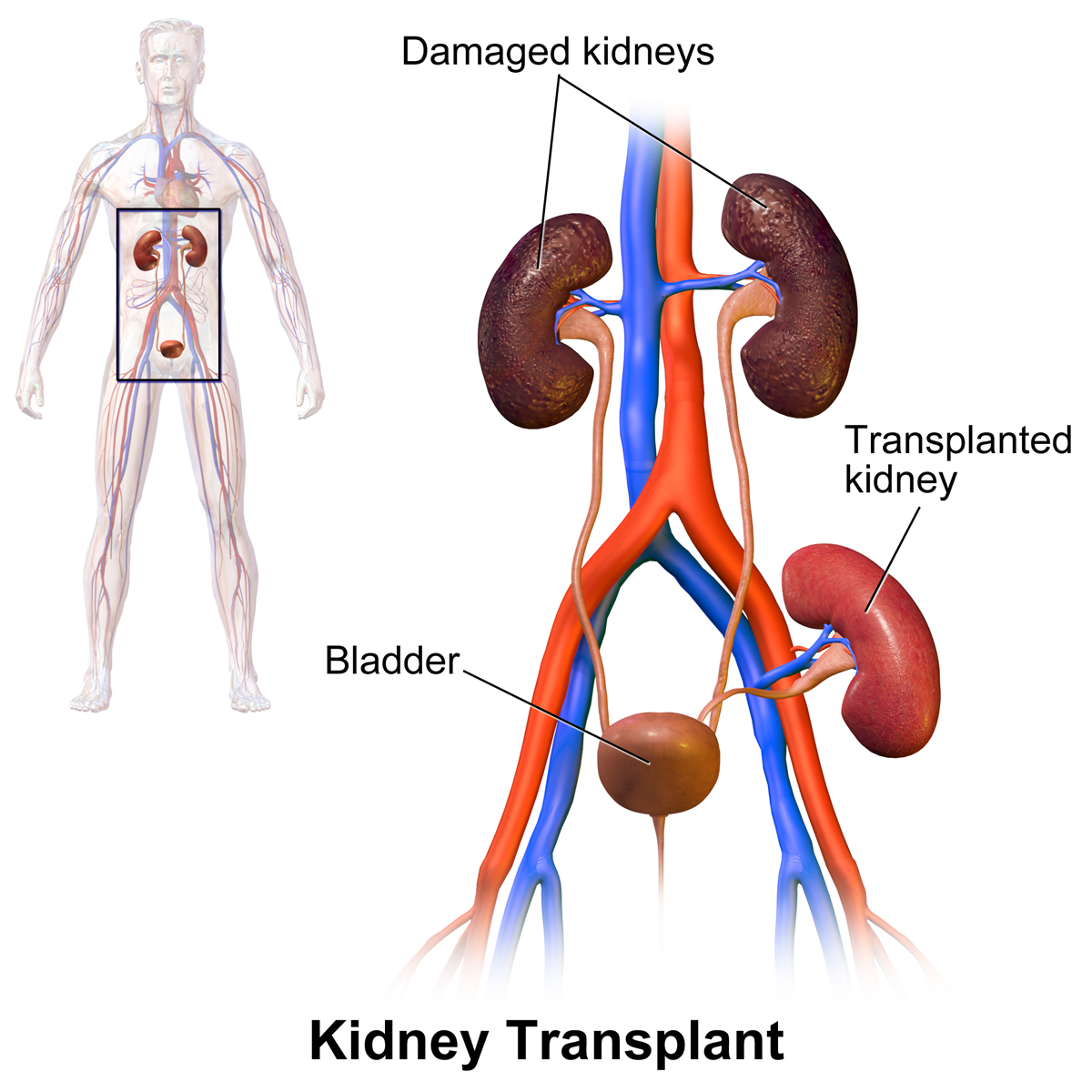I just read an article (that is now being broadcast from newspapers, radio, and TV- remember, this post was written weeks ago) that really ticked me off. Supposedly, it is good science. And, it may be- as long as we get (as Paul Harvey used to say) “the rest of the story”.
So, to what am I reacting?
This new article by Drs. O Aubert, Y Bouatou, D Glotz, J-P Empana, X Jouven, C Lefaucheur, C Jacquelinet, A Loupy (all MD, PhD) and P Reese, D Viglietti, C Legendre (all MD), B Audry PhD, and Mr. M Raynaud. All but Jacquelinet (who is with Agence de la Biomedicine) are affiliated with INSERM (French National Institute of Health and Medical Research). Their article, Disparities in Acceptance of Deceased Donor Kidneys Between the United States and France and Estimated Effects of Increased US Acceptance, was published in JAMA (Journal of the American Medical Association) Internal Medicine.

The authors declaimed that if America were to adopt the criteria that France employs for kidney transplants we could more than double (increase by 62%) the number of donor kidneys that are available for transplant. Given TheDonald’s Executive Order to have 80% of End Stage Renal Disease (ESRD) patients undergo transplants or be treated at home, this could be a timely finding.
The big difference is that American surgeons are leery of transplanting kidneys from older patients or those with comorbidities (and other injuries). Admittedly, older patients are also those who may be manifesting more comorbidities. The analysis in JAMA employed computer simulation models that evaluated those discarded kidneys (during the period 2004 to 2014) to see if they would have been discarded in France.
In France, only 9.1% of the living donor kidneys were discarded, while almost twice that percentage (17.9%) were found to be unacceptable in the USA. The criterion was the Kidney Donor Risk Index (KDRI).
The KDRI uses health factors to ascertain the risk of transplantation failure- which results in a single number. (It purportedly compares the relative risk of this kidney failure for a given donor to the median failure rate from last year. Obviously, if the KDRI exceeds 1, there is an increase risk.) This is often then translated to another indicator- the KDPI (kidney donor profile index), which purports to predict how long a deceased donor kidney is expected to function relative to all of the kidneys recovered in the U.S. during the last year.
The data indicated that the KDRI in the USA was virtually stable over the decade studied (2004 to 2014), having increased from 1.3 to all of 1.32. In France, the KDRI indicated the more aggressive organ use, increasing from 1.37 to 1.74. That’s how they came up with that 62% more potential kidney number.
So, what ticked me off?
Comparing patients France to the US, without providing certain underlying data.
First, the data seem to indicate that those who have undergone kidney transplants in the USA survive about the same as those in France. This data is from 2014 transplants as reported by Drs. J Wang, M Skeans, and A Israni (Hennepin County Medical Center [MN]).
But, the population of France is 20% of that of the USA. And, America is far more of a melting pot than France. But, what’s more important than that is that France’s kidney program is primarily geared to the native French. Folks from Greece, for example, have to wait 2.5X as long as nativists to ever get a transplant. Those from Northern Africa (Algeria and Sub-Saharan Africa wait thrice as long. In America, that’s not the way it works.
Then, there’s this other basic fact. In France, there were a total of less than 6,000 transplants, of which more than half were kidney transplants. (Kidneys are the most commonly grafted organ.) In America, for the first six months of the year, there were almost 20,000 transplants, which means we transplant almost 7X as many as does France, In 2018, the total transplants were 36,530, of which 21,167 were kidneys. Also, about 7X as many.
Moreover, over the 10 year study period, there were 29,984 donors in France (including rejects) with 156,089 available in the USA. That’s about a 5X ratio from France to the USA. Given that we are now transplanting 7X as many as France, it means that our transplant program has finally been speeding up grafts.
There’s also the important fact that our medical system is vastly different than that of France. Here our surgeons are mostly privately paid- and they worry about the success of the transplants they perform. And, the ratings they receive.
So, the answer- if we adjust our criteria for what’s a valid kidney for transplant- is less certain than those docs from France proclaim. The answer is simply “maybe” we’ll have better results than we obtain now, if we reduce our rejection criteria for kidney grafts.










Yes, context is everything, and statistics can lie. But we have you, Roy, to help us tease out the truth. I had heard of that study, and wondered, is there something more to this “France does it better and we should follow their lead” story? So, sure enough. What I do hope is that Trump’s plans for treating those with end stage kidney diseasae are good ones. Even the worst President has to have one major accomplishment – doesn’t he???
Alana recently posted..Farm Aid and Eddie Money #MusicMovesMe
Glad I could fill in the blanks for you, Alana.
very impressive and inspiring article. it really touches my heart,everything was well written. thanks for sharing…I wanted to say something to add value but it seems you have it all covered but you just need to check this out (non-germane link was removed by editor) who knows it may be of help to you.
Thanks for your comment- your link had no relevance and was removed.